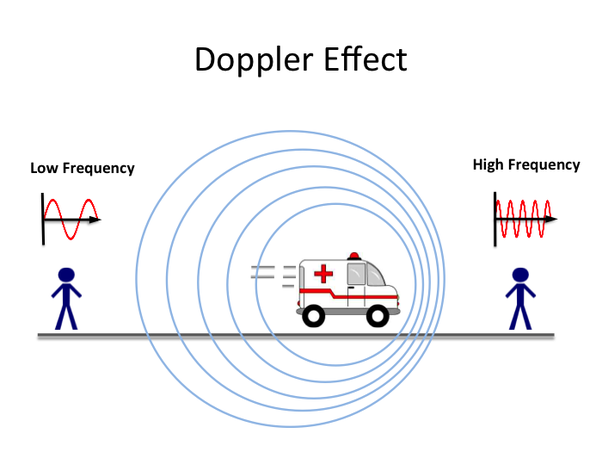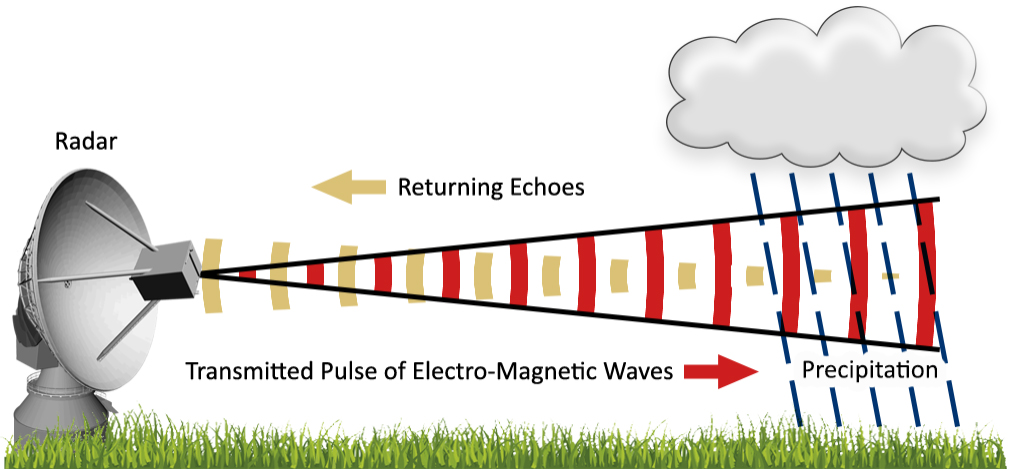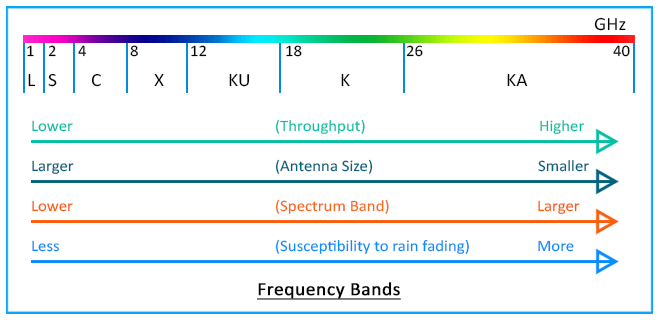Doppler Weather Radars | 16 Jan 2021
Why in News
Recently, the Union Minister for Earth Sciences commissioned two of the ten indigenously built X-Band Doppler Weather Radars (DWR) which will closely monitor the weather changes over the Himalayas.
- A multi-mission meteorological data receiving and processing system developed in collaboration with Indian Space Research Organisation (ISRO) was also launched.
- This new system will capture, process and make available for use satellite data within seven minutes as opposed to 20 minutes taken by earlier systems.
Key Points
- Developed By : The DWR has been designed and developed by ISRO and manufactured by Bharat Electronics Limited (BEL), Bengaluru.
- Significance:
- Covering the central and western Himalayas, these dual polarised radars will gather atmospheric variations and pick signals of extreme weather events.
- Uttarakhand and Himachal Pradesh are highly prone to cloud bursts, landslides, heavy rain and snowfall. Timely weather forecasts and warnings would ensure the governments make advance plans and initiate rescue measures.
Radars
- Radar (Radio Detection and Ranging):
- It is a device which uses electromagnetic waves in the microwaves region to detect location (range & direction), altitude, intensity and movement of moving and non-moving objects.
- Doppler radar :
- It is a specialized radar that uses the Doppler effect to produce velocity data about objects at a distance
- It does this by bouncing a microwave signal off a desired target and analyzing how the object’s motion has altered the frequency of the returned signal.
- This variation gives direct and highly accurate measurements of the radial component of a target’s velocity relative to the radar.
- It is a specialized radar that uses the Doppler effect to produce velocity data about objects at a distance
- Doppler Weather Radar:
- Based on Doppler principle the radar is designed to improve precision in long-range weather forecasting and surveillance using a parabolic dish antenna and a foam sandwich spherical radome.
- DWR has the equipment to measure rainfall intensity, wind shear and velocity and locate a storm centre and the direction of a tornado or gust front.
- Types Of Doppler Radars : Doppler radar can be divided into several different categories according to the wavelength which are L,S,C,X,K.
- X band radars: They operate on a wavelength of 2.5-4 cm and a frequency of 8-12 GHz. Because of the smaller wavelength, the X band radar is more sensitive and can detect smaller particles.
- Application:
- These radars are used for studies on cloud development because they can detect the tiny water particles and also used to detect light precipitation such as snow.
- X band radars also attenuate (become less effective) very easily, so they are used for only very short range weather observation.
- Due to the small size of the radar, it can therefore be portable like the Doppler on Wheels (DOW). Most major airplanes are equipped with an X band radar to pick up turbulence and other weather phenomena.
- This band is also shared with some police speed radars and some space radars.



